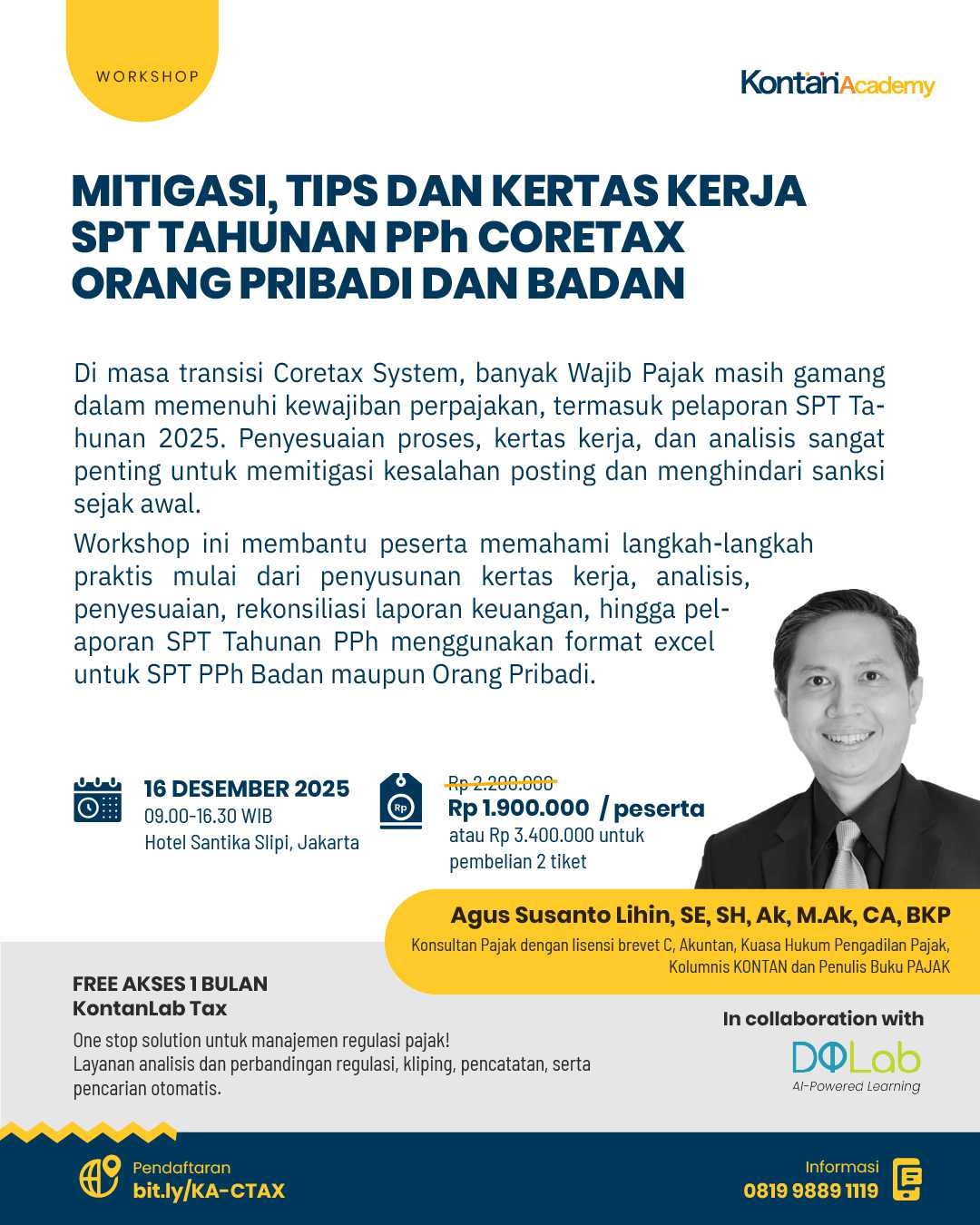Sumber: The Fed | Editor: Hasbi Maulana
Monetary policy communications over the intermeeting period--including the January FOMC statement, the minutes of the January FOMC meeting, and the Chairman's semiannual testimony to the Congress--were generally viewed by market participants as signaling a somewhat stronger economic outlook and thus reinforced expectations for further gradual increases in the target range for the federal funds rate. The probability of the next rate hike occurring at the March FOMC meeting, as implied by quotes on federal funds futures contracts, increased to near certainty. Conditional on a March rate hike, the market-implied probability of another increase in the federal funds rate target range at the June FOMC meeting edged up to just above 70 percent. Expectations for the federal funds rate at the end of 2019 and 2020, derived from overnight index swap (OIS) quotes, moved up somewhat since late January.
On net, the nominal Treasury yield curve shifted up and flattened a bit. Monetary policy communications, higher-than-expected domestic price data, and expectations for increases in the supply of Treasury securities following the federal budget agreement in early February contributed to the increase in Treasury yields. Measures of inflation compensation derived from Treasury Inflation-Protected Securities were little changed on net. Option-implied volatility on longer-term rates rose notably following the jump in equity market volatility on February 5 but mostly retraced that increase by the end of the intermeeting period. On balance, spreads on investment- and speculative-grade corporate bond yields over comparable-maturity Treasury yields widened but remained near the lower end of their historical ranges.
In short-term funding markets, increased issuance of Treasury bills lifted Treasury bill yields above comparable-maturity OIS rates for the first time in almost a decade. The rise in bill yields was a factor that pushed up money market rates and widened the spreads of certificates of deposit and term London interbank offered rates relative to OIS rates. The upward pressure on money market rates also showed up in slight increases in the effective federal funds rate and the overnight bank funding rate relative to the interest rate on excess reserves. The rise in market rates on overnight repurchase agreements relative to the offering rate on the Federal Reserve's ON RRP facility resulted in low levels of take-up at the facility. Reductions in the size of the Federal Reserve's balance sheet continued as scheduled without a notable effect on markets.


/2018/03/12/877210192.jpg)















